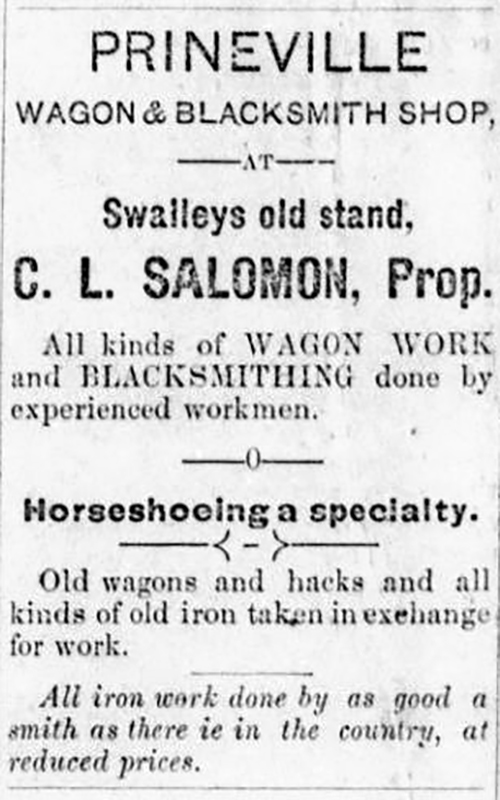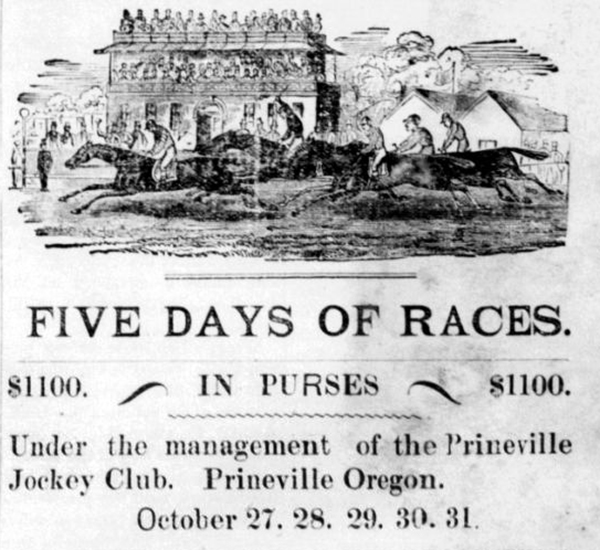Since 2009, the University of Oregon (UO) Libraries’ Oregon Digital Newspaper Program (ODNP) has participated in the National Digital Newspaper Program (NDNP), a grant-funded initiative led by the National Endowment for the Humanities and the Library of Congress to digitize historic newspapers from across the United States to be made available online at Chronicling America. As of November 2015, after completing three rounds of funding, Oregon’s participation in the NDNP has drawn to a close.
Over the course of six years, the ODNP has digitized over 300,000 pages of historic newspaper content for Chronicling America, also available online at Historic Oregon Newspapers. The ODNP Advisory Board, with input from public libraries and historical societies across Oregon, selected a total of 60 newspaper titles for inclusion in the project, ranging from prominent dailies such as the Portland Morning Oregonian, Pendleton East Oregonian, and the Morning Astorian, to small town papers such as the Echo Register and Spray Courier, and so much more!
Grant funding from the NDNP has also supported the production of new and improved K-12 lesson plans for using historic newspapers to meet Oregon common core standards in the classroom, as well as initial funding for the Open-ONI (Online Newspaper Initiative) collaborative open-source project to enhance the Library of Congress’ chronam software, with the goal of making it easier for state institutions to host newspapers online.
Many thanks to the NDNP, partner institutions across the state, and all of the current and former staff and student workers at the UO Libraries for making this project a success over the years! But don’t worry, the ODNP is continuing beyond NDNP funding, working with other institutions and donors across the state to secure funding to continue adding valuable historic newspaper content to the online collection. Additionally, a selection of current newspapers published in 2015 and beyond are also being added to the Historic Oregon Newspapers online collection as we continue to preserve and provide access to Oregon’s history in the making. Visit our blog at http://odnp.uoregon.edu to stay up to date with the latest ODNP news and collection additions.








